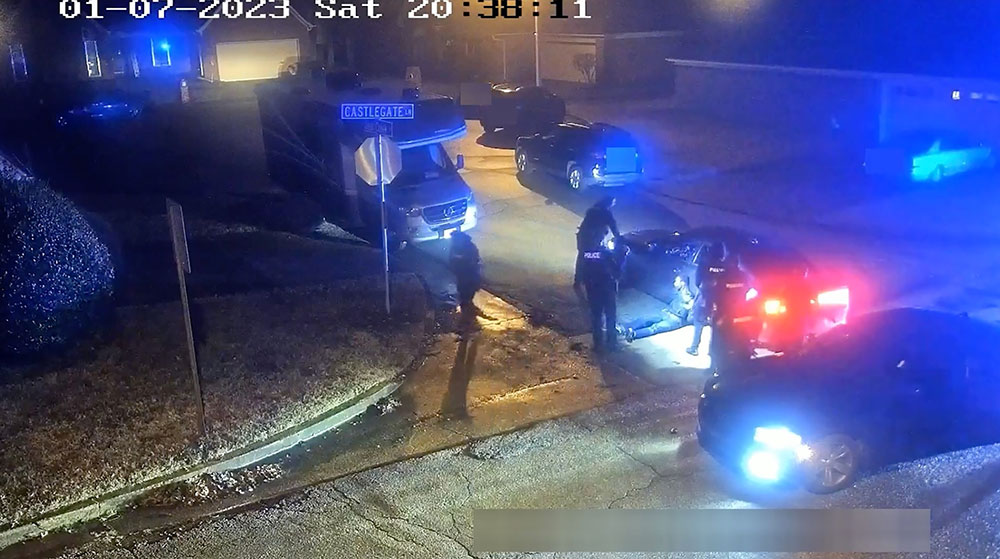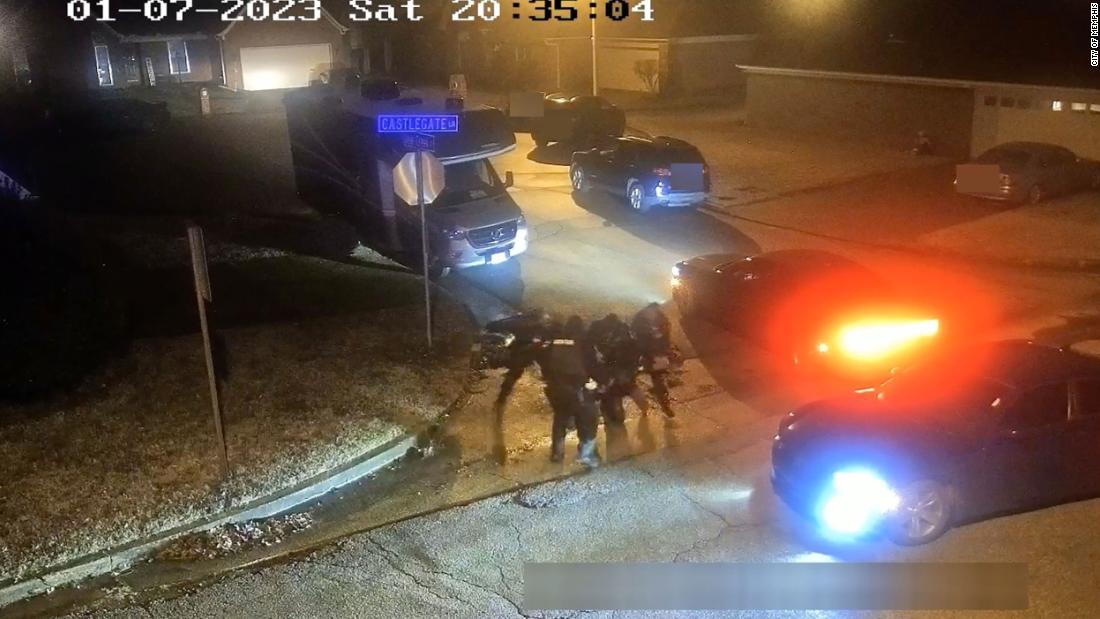[ad_1]

Nichols probably died from internal injuries sustained from blunt force trauma, medical experts told CNN after watching the newly released videos of his traffic stop arrestFriday.
They said the body camera footage includes moments where the assault could have damaged a number of organs – including the liver, lungs or brain – and the damage to any of those could have been fatal.
Nichols died three days after the police encounter in the hospital.
Dr. Kendall Von Crowns, chief medical examiner in Tarrant County, Texas, noted that Nichols’ slim figure meant his organs were “millimeters under his skin surface,” without much padding or other protection from a physical assault.
“When these kicks come in, they’re hitting on what looks like the right side of his body,” he said. “So, you know, your liver is sitting on that side. So he could easily be taking almost direct blows to his liver, which could cause his liver to lacerate or rupture, and that would cause hemorrhage into his abdominal cavity. These could also cause fractures of his ribs on his right side that then could be displaced by subsequent kicks and cause tearing or lacerations of his lungs, which again, cause hemorrhage into his chest cavity.”
Internal hemorrhage could limit the amount of blood and oxygen that’s reaching the brain, he said, which could cause a person to become brain-dead before they die.
Dr. Victor Weedn, a forensic pathologist at George Washington University, said it is not typical for people to die from external blood loss after a beating.
He particularly noted the officers’ use of a baton, which would cause a more “focused” and powerful hit than a fist.
“Head trauma can cause death” from brain swelling and bleeding, Weedn said. “When the brain swells, it causes pressure, and it collapses the veins. When you collapse the veins, then you don’t have blood circulation, and you can die.”
CNN Chief Medical Correspondent Dr. Sanjay Gupta told CNN’s Erin Burnett that “the brain is the one organ in the body that doesn’t really have any room to swell, because it’s encased by the skull.”
“As a result, someone may slowly, increasingly lapse into unconsciousness, which seemed to be what was happening with Mr. Nichols,” he said.
Internal hemorrhaging can quickly become deadly.
Paramedics aren’t particularly equipped to help someone with internal injuries like these, Von Crowns said. The focus would have been getting him to the hospital for emergency surgery or transfusion as soon as possible.
“We’re talking minutes,” he said. “He really needs to be treated right away.”
The videos show that medical help arrived several minutes later, after Nichols had been propped up beside a car with his hands cuffed behind his back.
“A lot of lost time there, which is so critically important, with somebody who is essentially critically ill, lying on the ground in handcuffs there, with nobody attending to him,” Gupta said.
Source link

